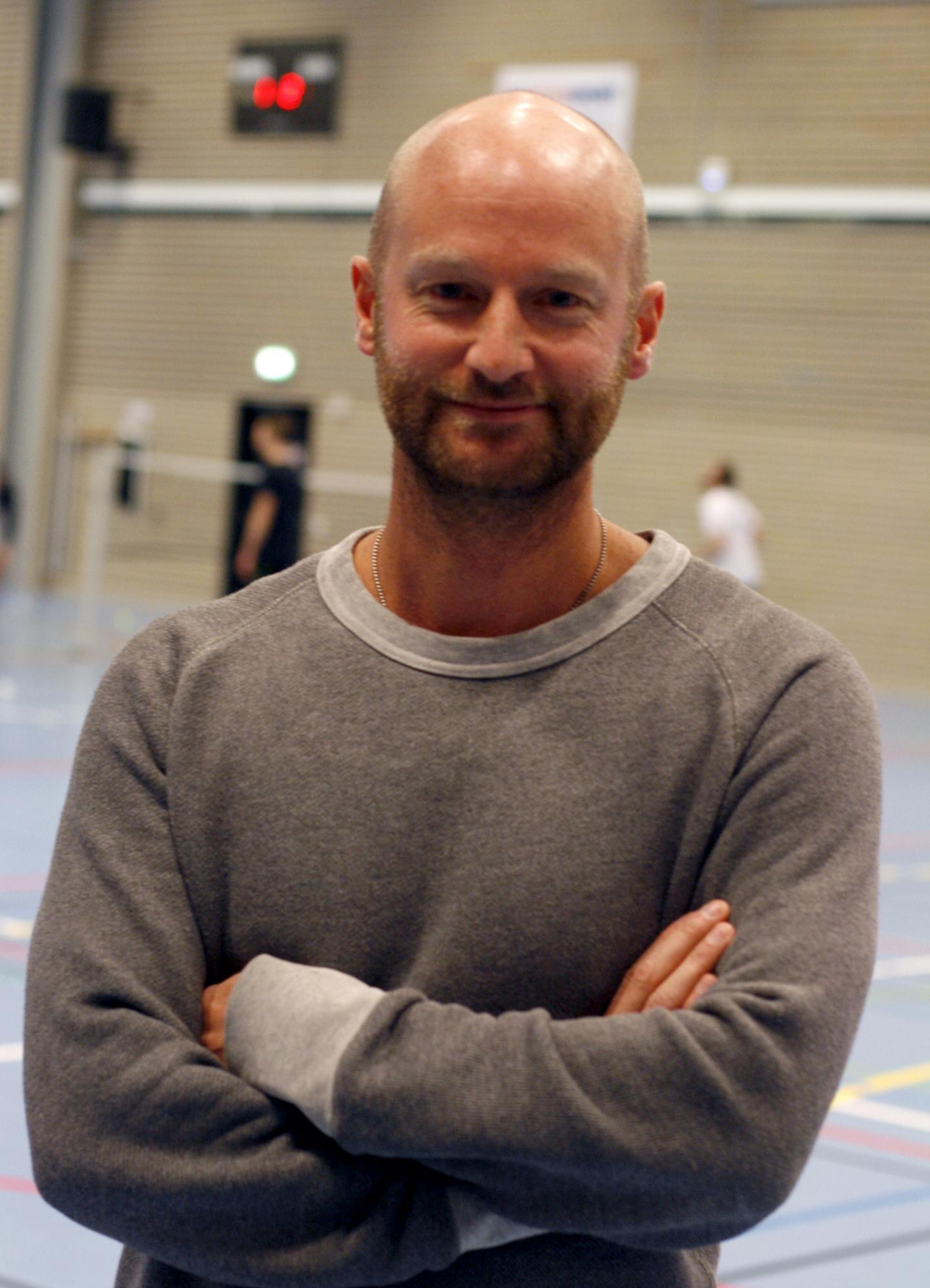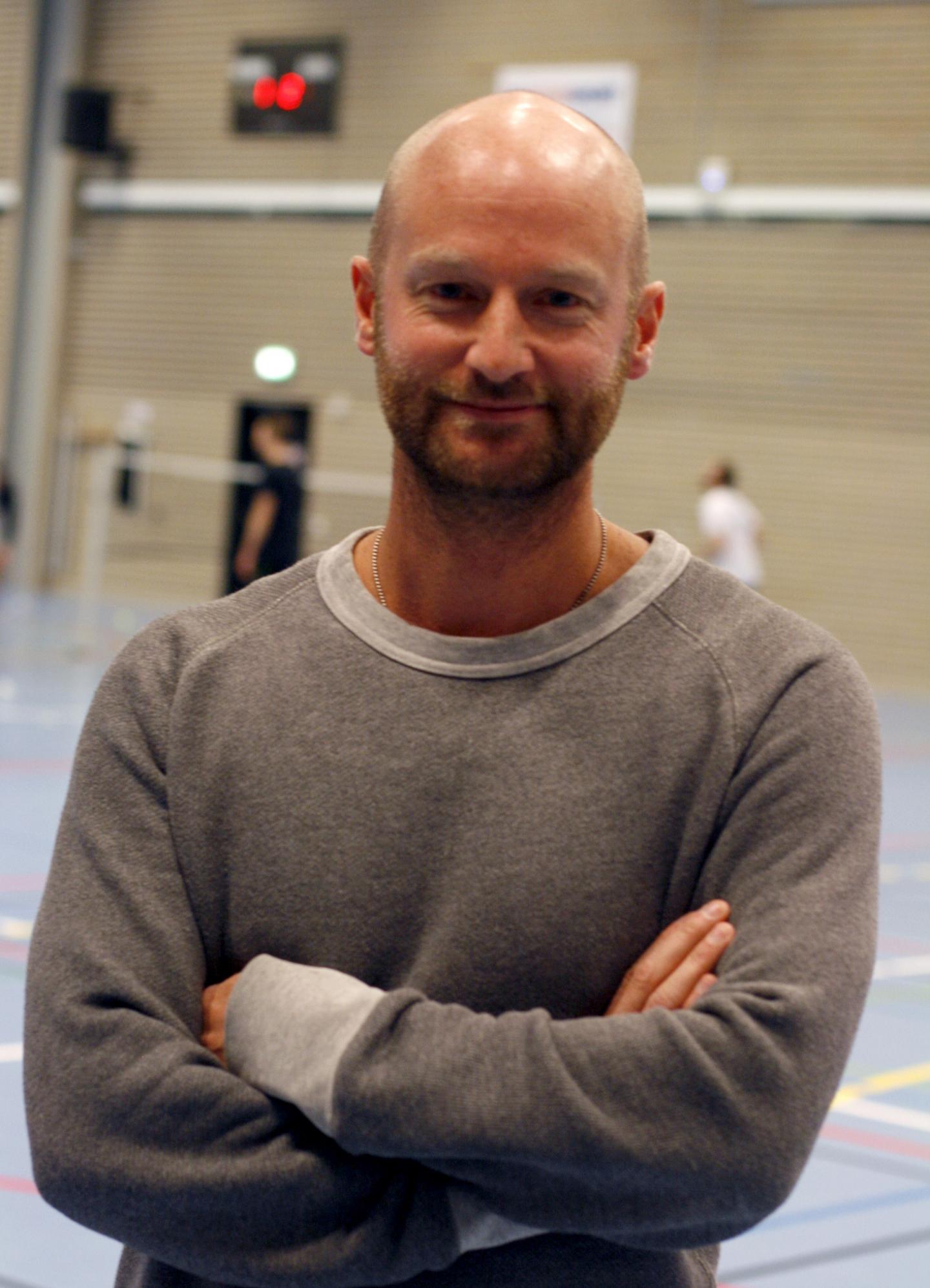
Credit: Photo: Torsten Arpi
Today's top-class football is characterised by more short sprints than in the past. In English Premier League, high-intensity running has increased by 50% in the last 10 years, presenting new challenges to the players in terms of fatigue resistance and ability to recover quickly. The change has also resulted in greater variation in the tempo of matches, and this new pattern calls for revised training routines. This is the conclusion of new research from the University of Gothenburg and the University of Southern Denmark.
The study in question is based on an extensive amount of data. A research team, consisting of Dan Fransson and Magni Mohr, exercise physiology researchers at the Department of Food and Nutrition, and Sport Science, University of Gothenburg, and Professor Peter Krustrup from the University of Southern Denmark, watched 62 football matches played 2010-2012 and made 1 105 observations of 473 players from 24 different Premier League teams.
The results show that, compared with in the past, modern top-class football is characterised by more high-intensity sprints followed by a substantially lower tempo. Repeated bouts of high-intensity running for 1-5 minutes are followed by a historically low intensity for up to 5 minutes. Thus, a player's activity level during a match tends to alternate between two extremes, compared with the traditionally more steady match tempo.
Training Should Be Adapted to the New Pattern
The analysis points to significant differences in fatigue and recovery patterns among players. Some players can exhibit four times as much high-intensity running as others in one and the same match.
'This indicates that in order for players to maximise their potential and avoid injuries, they need more individualised training depending on position played. All players shouldn't train in the same way,' says Fransson.
Central defenders stand out from the other playing positions. These are the only players whose running did not decrease after the most intense 1-2-minute periods.
'The reason for this is simply that central defenders face the lowest demands of all players except goalkeepers when it comes to high-intensity running. They have the longest recovery periods between the intense phases of a football match,' says Fransson.
###
The results of the study are presented in the article Running Intensity Fluctuations Indicate Temporary Performance Decrement in Top-Class Football published in Science and Medicine in Football.
For more information please contact:
Dan Fransson, the Department of Food and Nutrition, and Sport
Science, University of Gothenburg, email: [email protected], tel: +46 (0)76 393 1800
Peter Krustrup, Department of Sports Science and Clinical Biomechanic, University of Southern Denmark, email: [email protected], +45 2116 1530
Media Contact
Dan Fransson
[email protected]
46-076-393-1800
@uniofgothenburg
http://www.gu.se/english





